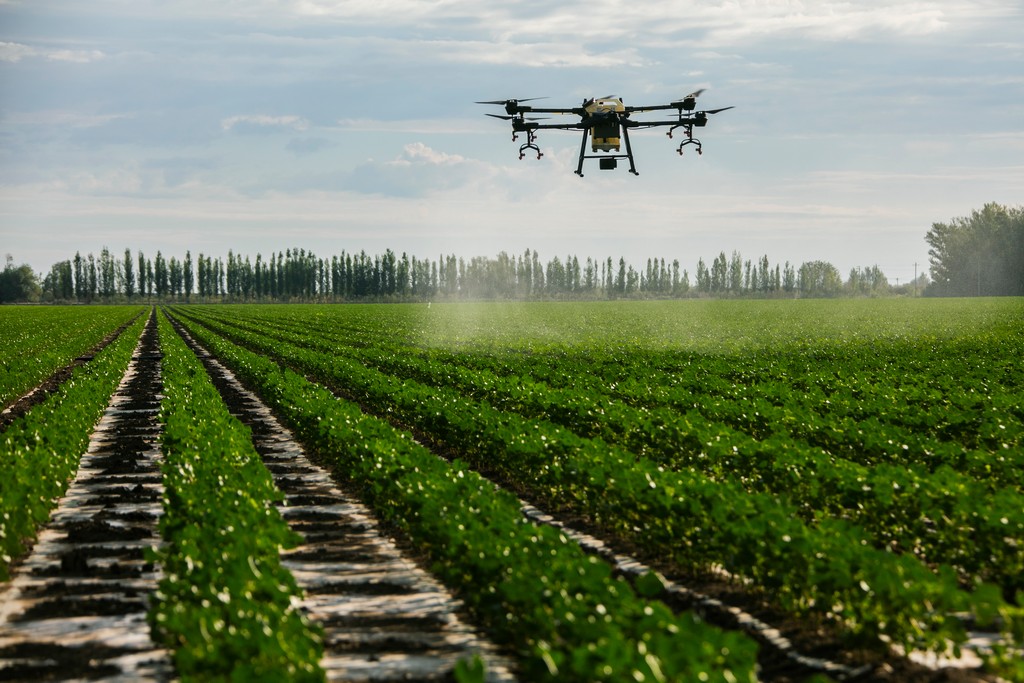The future of agriculture is undergoing a remarkable transformation with the advent of agricultural drones. These sophisticated devices have become indispensable tools in modern farming practices, offering a wide range of applications that promote sustainability, improve productivity, and reduce environmental impact. As we look ahead, it’s clear that agricultural drones are set to play a pivotal role in shaping the future of farming.
Agricultural drones, also known as Unmanned Aerial Vehicles (UAVs), are equipped with advanced sensors and cameras that provide high-resolution data and imagery. This technology enables farmers to make more informed decisions, optimize resource management, and enhance overall agricultural practices. Here’s how drones are contributing to the future of sustainable agriculture:
Precision Agriculture: Precision agriculture has seen a significant boost with the integration of drones. These devices offer real-time data on soil conditions, crop health, and moisture levels, allowing farmers to precisely manage resources, including fertilization, irrigation, and pest control. The result is increased yields and resource efficiency, which are essential for sustainable farming.
Resource Conservation: Drones aid in resource conservation by reducing the use of fertilizers, pesticides, and water. With accurate monitoring and targeted interventions, farmers can apply these resources only where they are needed, minimizing waste and environmental impact.
Crop Monitoring: Drones provide farmers with the ability to closely monitor the health and development of their crops. By identifying issues such as nutrient deficiencies, diseases, or pest infestations early on, farmers can take targeted action, reducing the need for broad-spectrum treatments and preserving the health of the crop.
Disaster Management: Drones play a critical role in disaster management by monitoring and assessing natural disasters such as floods, droughts, and wildfires. Timely responses are essential for saving crops, protecting livelihoods, and minimizing economic losses.
Land Mapping and Planning: Drones create detailed maps of farmland, assisting farmers in understanding topography, soil types, and drainage patterns. This information is vital for efficient land planning, irrigation system design, and determining optimal planting locations, all of which contribute to sustainable land usage.
Environmental Impact Analysis: Drones are employed to assess and mitigate environmental impacts, whether from natural disasters or industrial events. This technology aids in preserving ecosystems and reducing harm to the environment.
The future of farming with drones holds tremendous promise. As technology continues to advance, we can expect even more sophisticated sensors and data analysis techniques to be integrated into these UAVs. This will provide farmers with an even deeper understanding of their fields, enabling them to make more precise decisions that maximize crop yields while minimizing environmental impact.
In conclusion, agricultural drones are shaping the future of farming by promoting sustainability, resource conservation, and increased productivity. With their diverse applications and continuous technological advancements, these high-tech devices are becoming an integral part of modern agriculture. The adoption of agricultural drones is paving the way for a more environmentally friendly and productive agricultural sector.







Please sign in to comment
register